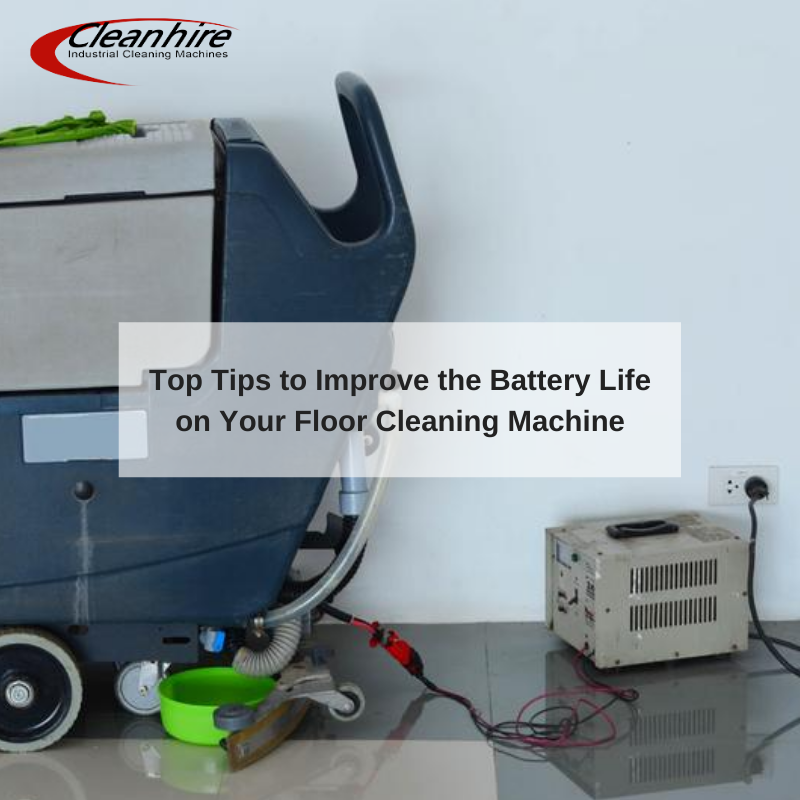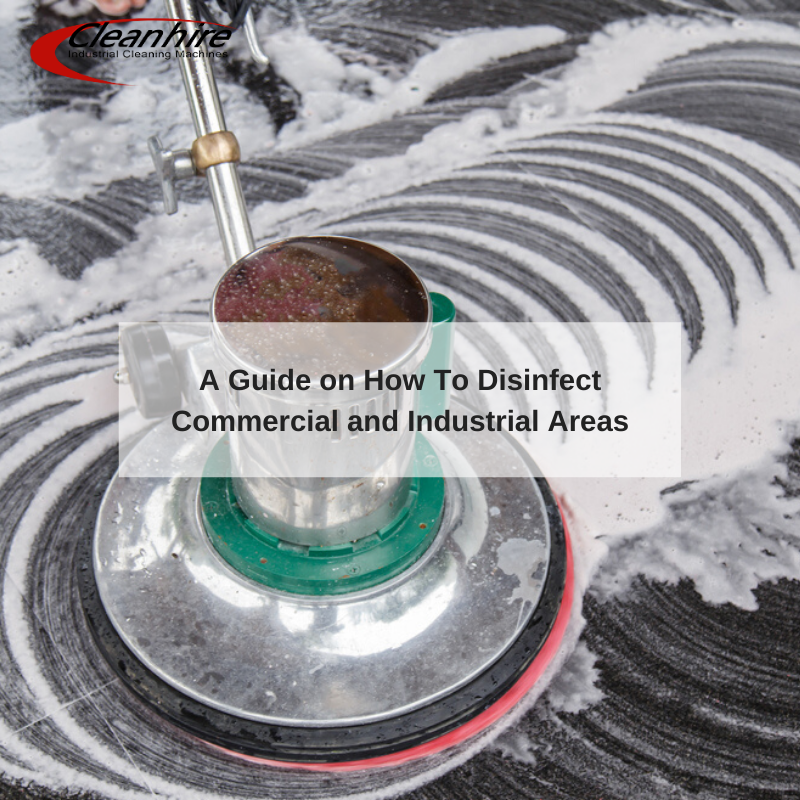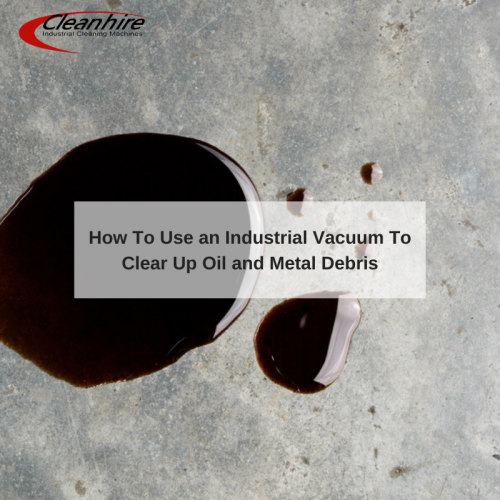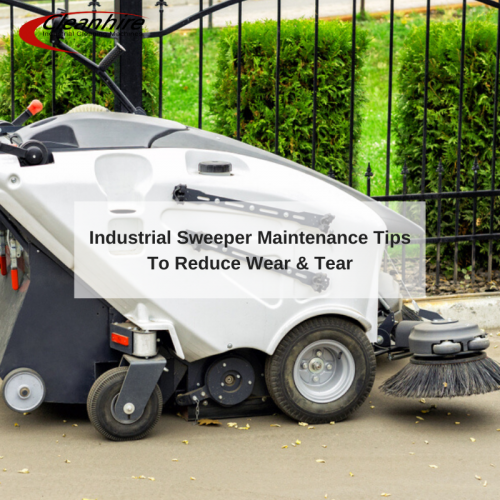 Modern floor cleaners are extremely efficient and many models are now equipped with durable batteries so that you can enjoy a cordless sense of freedom.
Modern floor cleaners are extremely efficient and many models are now equipped with durable batteries so that you can enjoy a cordless sense of freedom.
However, these very same batteries can become depleted over time. This may lead to issues if you happen to be dealing with a larger space or you are adhering to a strict time frame.
How can you improve this battery life so that a project will not need to be cut short? Let us look at some professional recommendations.
Check the Water Levels
Many floor cleaning machines will use a lead-acid battery. This battery is comprised of water and sulphuric acid. Over time, these water levels can dissipate.
Regularly refilling the battery when required will help to extend its lifespan. If you are unsure what type of battery is present, it is best to speak with a representative from the scrubber dryer hire service which provided the machine in question.
What Type of Water Should be Used?
In reference to the suggestion outlined above, always utilise distilled water when recharging your battery.
This type of water does not contain any foreign elements (such as minerals) that may cause corrosion or build up within the internal workings of the battery.
Charge the Batteries
While this next suggestion may appear to be common sense, it is still important to mention.
Be sure to plug in and fully charge your floor scrubber after each use. This will guarantee that it is operating at 100 per cent efficiency when it is needed. Partial charges can also result in the premature ageing of a battery.
Connections
Finally, always check to ensure that the battery terminals are free of corrosion (this can sometimes occur when working within moist environments). Corrosion can damage the battery leads and cause a short circuit; effectively rending the battery useless.
These are some of the easiest ways to get the most out of your floor scrubber battery. If you have any other questions or you would like to learn about the units at your disposal, please contact a specialist at Cleanhire.

 There are many locations which will require thorough cleaning on a daily basis. a handful may even need to be properly disinfected in order to prevent the spread of potentially dangerous germs and bacteria.
There are many locations which will require thorough cleaning on a daily basis. a handful may even need to be properly disinfected in order to prevent the spread of potentially dangerous germs and bacteria. There are many environments associated with the presence of materials as oil and metal shavings. Common examples include CNC machining factories, large warehouses and production facilities.
There are many environments associated with the presence of materials as oil and metal shavings. Common examples include CNC machining factories, large warehouses and production facilities.
